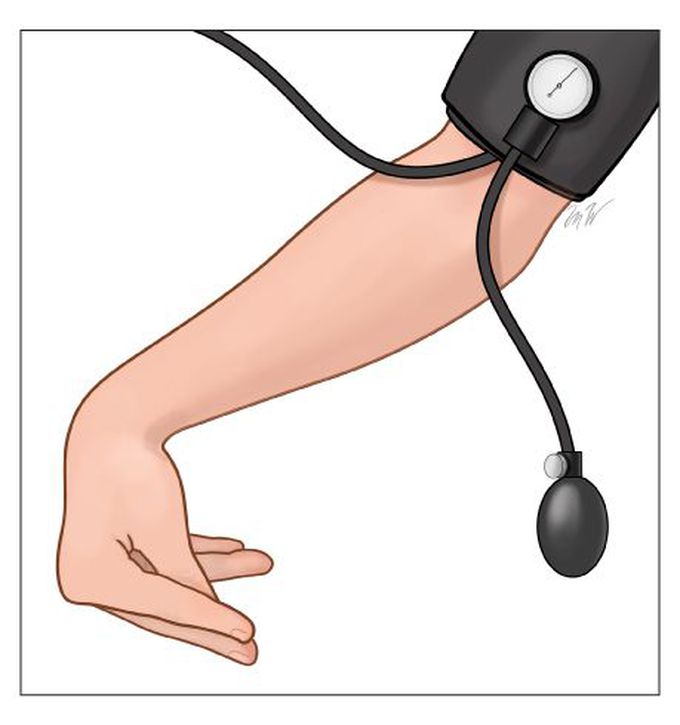


Clinical thinking #5
Trousseau's sign. Trousseau's sign is the induction of carpopedal spasm by inflation of a sphygmomanometer above systolic blood pressure for three minutes. Carpopedal spasm, as indicated above, is characterized by adduction of the thumb, flexion of the metacarpophalangeal joints, extension of the interphalangeal joints, and flexion of the wrist. It may also be induced by voluntary hyperventilation for one to two minutes after release of the cuff. Trousseau's sign depends upon the effect of ischemia to increase excitability of the nerve trunk under the cuff, rather than at the motor endplate; excitability is maximal at three minutes and returns to normal even if ischemia is maintained for a longer period.
Manifestations of hypocalcemia and latent tetany. More sensitive (94%) than Chvostek (29%) for hypocalcemia.


